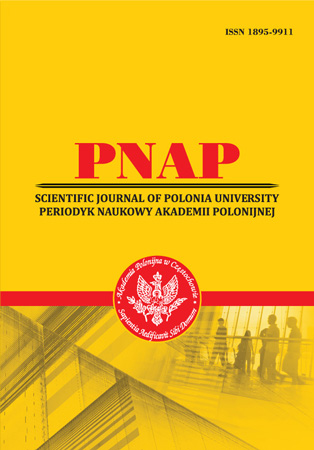THE MYTHICAL AND MYSTICAL POSITION OF NUMBERS IN 13TH–15TH CENTURY TURKIC LANGUAGE POETRY
Abstract
The article examines the mythical, mystical and mysterious meanings of the numbers included in people's religious-philosophical meetings. XIII–XV centuries Turkish poets' different views on numbers with a special meaning in their work are being refined. The hidden themes touched by the artists of the word, who reflect the literary and artistic principles of the period in their works, are refined by using numbers. The article clarifies the conclusions of our elders, owners of ideas and words in relation to certain events, with examples from oral literature. In the context we will talk about, in addition to studying the place and position of numbers in rational thinking, attention is paid to the investigation of the main factors that play a role in their creation. It is a fact that the thinkers who took refuge in folk wisdom and benefited from examples of oral literature from mythical meanings in their creations were always distinguished by their works. We can definitely say that the advantage of the genius wordsmiths of world literature over others was that they relied only on folk literature, mythology, and mastered it. From this point of view, the meanings of the numbers included in the work "Jumjumanama", translated by Fariduddin Attar and made with enough additions, are also investigated in the article.
References
2. Pifaqor. 17 aprel 2011. kayzen.az/blog/filosoflar/4837/pifaqor.html
3. Azərbaycan nağılları. 5 cilddə. I cild. Bakı, “Çıraq”, 2004, 376 səh.
4. Sultan Vələdin türkçe manzumeleri, Yayınlayan Mecdut Mansuroğlu, İstanbul Üniversiteti Edebiyat Fakültesi yayınları, İstanbul, 1958, № 765, 309 səh.
5. Ahryppa H.K. (2014) Okkultnaia fylosofyia. Knyha pervaia, 98 p. https://www.litmir.me/br/?b=110033.
6. Cəmali Divanı (2002) Hazırlayan Dr. Nihal Nomer Karaman. İstanbul, Kitabevi, 450 səh.
7. Şükufə Vəliyeva (2018) XX əsr Amerika ədəbiyyatında gerçəklikdən mifə doğru. Bakı, 156 səh.
8. Ermetin, G.Y. (1997) Mevlevilikde Şamanizm izleri. İstanbul: Töre Yayınevi, 420 s.
9. Kitabi-Dədəm Qorqud əla lisani-taifeyi-oğuzan. Tərtib edən, çapa hazırlayan, ön söz və lüğətin müəllifi Samət Əlizadə. Bakı, Yeni Nəşrlər Evi, 1999. 341 səh.
10. Agah Sirri Ləvənd. (1957) Ön söz. // Gülşehri. Mantıkut-tayr. Önsözü yazan Agah Sırrı Levend. Ankara, Türk Tarih Kurumu Basımevi, 9 səh.
11. İmadəddin Nəsimi. (1985) Seçilmiş əsərləri. Azərbaycan klassik ədəbiyyatı kitabxanası. 20 cilddə. V c. Bakı, “Elm”, 367 səh.
12. Kamal Ümmi (2013) Hazırlayanı Hayati Yavuzer. Ankara, Bolu Belediyesi Bolu Araştırmaları Merkezi Yayınları, 340 səh.
13. Yunus Əmrə Risalat al- Nüshiyya və Divan / Hazırlayan A. Gölpınarlı. İstanbul: Eskişehir Turizm ve Tanıtma dergisi yayını, 1965. 310 s.
14. Əhməd Fakih Kitabu Evsafi Mesacidiş- Şerife, Yayımlayan Prof. Dr. Nasibe Nazıoğlu, Türkiye, 1963, 45səh.
15. Eşrefoğlu Divanı (2015) Asef Halet Çelebi. Ankara, Hece yayınları.
16. Mirəli Seyidov (1989) Azərbaycan mifik təfəkkürünün qaynaqları Bakı, Yazıcı, 324səh.
17. Səfərli, Ə.Q. (2015) Divan ədəbiyyatı sözlüyü / Ə.Səfərli. Bakı: Elm və Təhsil, 704 s.
18. Cümcümənamə. Hazırlayan Mustafa Toker və Muhsin Uygun. Konya, Palet yayınları, 2017. 163 səh.
19. Mirəli Seyidov (1989) Azərbaycan xalqının soykökünü düşünərkən. Bakı, Yazıçı, 496 səh.
Abstract views: 186 PDF Downloads: 164







